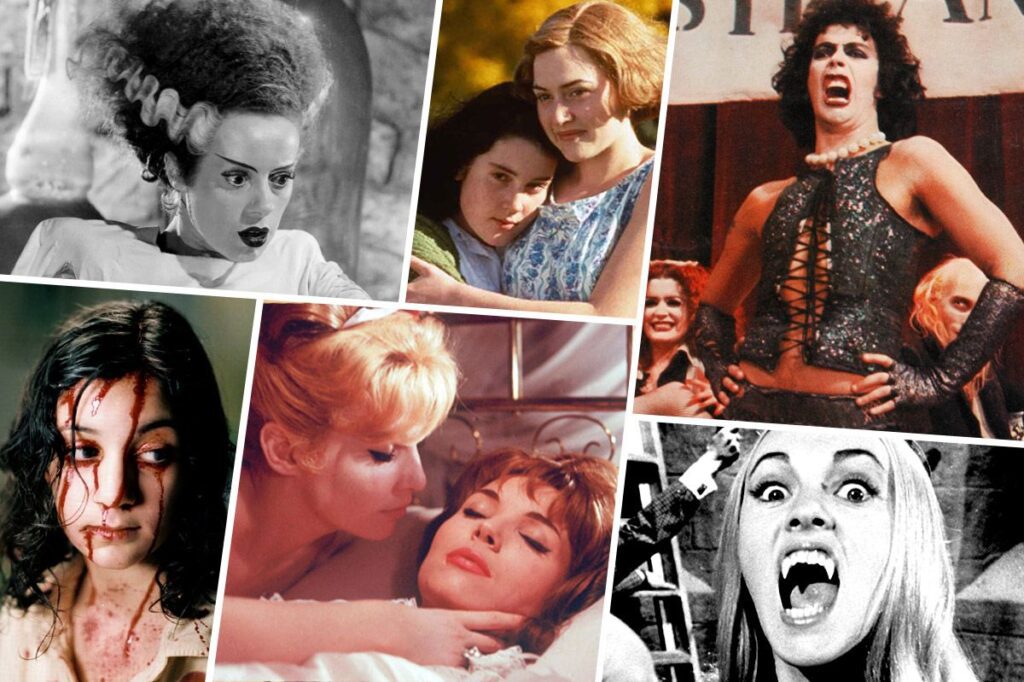This article titled “Unmasking the Hero: Deconstructing the Stereotypes of the Military in Popular Culture” addresses how popular culture often relies on stereotypes when portraying the military. The article aims to shed light on these stereotypes and the realities behind them. It discusses four common stereotypes related to the military: the gung-ho warrior, the emotionless machine, the patriotic superhuman, and the unknown “other.” It emphasizes the importance of recognizing the diversity, emotions, and humanity within the military community and bridging the gap between the military and civilian populations for a more accurate portrayal in popular culture.
Unmasking the Hero: Deconstructing the Stereotypes of the Military in Popular Culture
Introduction
Popular culture often relies on stereotypes to portray certain groups, and the military is no exception. However, it is important to recognize and deconstruct these stereotypes to gain a more accurate understanding of the military and the individuals who serve in it. This article aims to explore some common stereotypes associated with the military in popular culture and shed light on the realities behind them.
Stereotype 1: The Gung-Ho Warrior
In many action movies and TV shows, military characters are often portrayed as impulsive, aggressive, and ready to engage in combat at any moment. While some military personnel do possess these qualities, it is essential to acknowledge that they represent a small portion of the overall military community. In reality, the military comprises individuals with diverse skills, backgrounds, and temperaments.
Stereotype 2: The Emotionless Machine
Another common stereotype is that military personnel are emotionless and desensitized to violence and human suffering due to their training and exposure to combat situations. However, this stereotype fails to recognize the profound emotional experiences and challenges faced by those in the military. They are human beings with complex emotions, including fear, compassion, and grief, just like anyone else.
Stereotype 3: The Patriotic Superhuman
Military personnel are often portrayed as superheroes, exemplifying unwavering patriotism and unbreakable physical and mental strength. While dedication to their country is undoubtedly a significant motivation for many, it is important to remember that military personnel are ordinary people who have chosen a particular profession. They face difficulties, trauma, and vulnerability just like everyone else and should not be expected to embody an unattainable ideal.
Stereotype 4: The Unknown “Other”
Another common stereotype perpetuated in popular culture is the portrayal of the military as a group separate from civilian society. This separation creates an “us versus them” mentality, making it difficult for civilians to truly understand and relate to those who serve. In reality, military personnel are members of society like anyone else. They have families, friends, and dreams, and it is essential to bridge the gap between the military and civilian communities to promote understanding and appreciation.
Challenging Stereotypes and Recognizing Individuality
Deconstructing these stereotypes requires a shift in perspective. It is crucial to recognize that the military is composed of diverse individuals with unique experiences, perspectives, and motivations. By breaking down these stereotypes, we can foster a more accurate and humanized portrayal of military personnel in popular culture, leading to better understanding and appreciation of their sacrifices and contributions.
Conclusion
Stereotypes of the military in popular culture can be misleading and create misconceptions about the individuals who serve in the military. By challenging and deconstructing these stereotypes, we gain a more nuanced understanding of the military and its members. It is essential to recognize the diversity, emotions, and humanity within the military community and bridge the gap between the military and civilian populations for a more inclusive and accurate portrayal in popular culture.
